SANTANDER
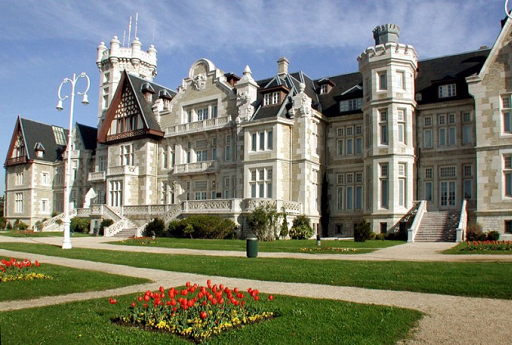
The Magdalena Palace
The Royal Palace of La Magdalena is a building located in La Magdalena, Front of isla de moor. It was built between 1908 y 1912 to house the Spanish royal family. It has an eclectic style, a mixture of English and French styles with the incorporation of typical elements of mountain architecture. Restored in the forties, hosts every summer the courses of the Menéndez Pelayo International University.
Direction: Av de la Reina Victoria, s/n, 39005 Santander, Cantabria
Schedule: check schedule by phone*
telephone: 942 203 084
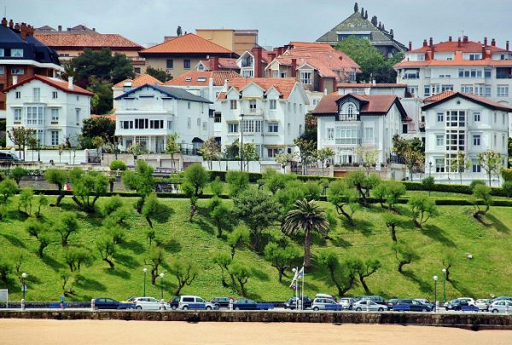
The Sardinero
El Sardinero is a neighborhood and at the same time a tourist enclave of the city of Santander known for his extensive Beaches and for being one of the most exclusive in the city. Its name is due to, formerly, sardines were fished in abundance in its waters. This area is one of the corners with the greatest charm and beauty that you will find in the cities of the Cantabrian coast in Spain..
Direction: The Sardinero, Cantabria
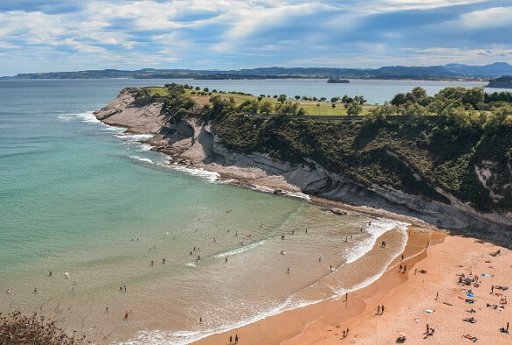
Matalenas Beach
Mataleñas beach is located in Cueto, in the municipality of Santander. situated close to Minor Cape, It is accessed through the avenue that gives access to the Cabo Mayor lighthouse. It has a difficult access, since it is accessed on foot by a steep staircase. These characteristics make it a sandbank of great beauty..
Direction: Matalenas beach, Santander

Cabo Mayor Lighthouse
The Cabo Mayor Lighthouse presides over the entrance to the Bay of Santander. Privileged balcony to the sea and the City, It is today one of the most emblematic and suggestive constructions for citizens and visitors. Located in the extreme northeast of the City, The area in which the Cabo Mayor Lighthouse is located is part of a larger area made up of the promontories of Cabo Mayor and Cabo Menor..
Direction: Cabo Mayor Lighthouse, 21,
telephone: 954203648

the booty center
This art center is located in a privileged place in Santander, fully integrated with the city center and the historic Jardines de Pereda and its bay.. The architect Renzo Piano devised this construction with light and lightness as protagonists. Hence, it has a cantilever over the sea giving the feeling of not touching land. It is suspended on a series of pillars and columns at the height of the trees of the popular Pereda Gardens., allowing the passage of light and incredible views of the bay of Santander.
Direction: Albareda Pier, Promenade of Pereda, s / n, 39004 Santander, Cantabria.
Schedule: Winter time (October to May):
from mars to sunday, from 10:00h a 20:00h.
Summer schedule (June to September):
from mars to sunday, from 10:00h a 21:00h.
Every Monday of 15 from July to 26 of August, from 10:00 to 21:00h

The viewpoint of the Rio de la Pila
It is the most beautiful viewpoint to see in Santander and it is also free. It won't take any effort to get to it.. You just have to take the Funicular del Río de la Pila to the last stop and enjoy Santander from above.
Direction: Pila River Street, S/N, 39001 Santander, Cantabria.
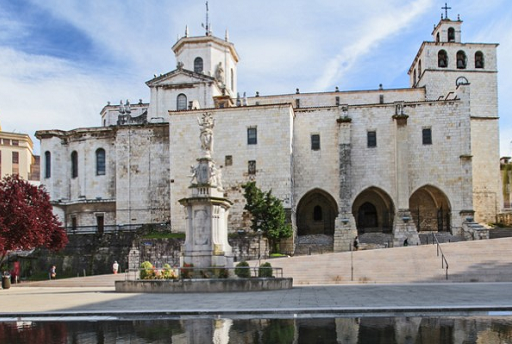
Santander Cathedral
The current Cathedral of Santander is made up of two superimposed Gothic-style churches. the bottom, the present parish of Christ, it was built during the first third of the 13th century, the upper one was for the rest of that century and has been partially rebuilt, and enlarged, after the fire suffered by the city in 1941. The set is completed with a 14th century cloister.
The one that at the beginning of the Middle Ages was the Abbey of Sancti Emeritii et Celedonii, and later Collegiate Church of the Holy Bodies, became 1754 in Cathedral of the new diocese of Santander.
A population center was created around the old abbey throughout the medieval period., Sant Ander, which today is the current capital of Cantabria.
Direction: Somorrostro Street, s/n, 39002 Santander, Cantabria
telephone: 942226024
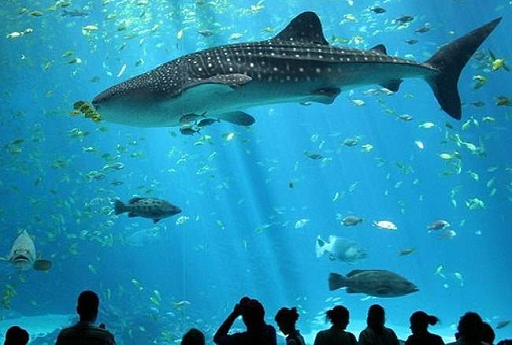
the maritime museum
In the Cantabrian Maritime Museum, the visitor has the opportunity to delve into the depths of marine biology , fishing ethnography , the history and technology of the Cantabrian Sea and its projection towards the world.
It is equipped with large and modern aquariums with more than 3.000 square meters of exhibition where the relationship between human beings and the sea over time is evident.
Direction: Of. by Severiano Ballesteros, s/n, 39004 Santander, Cantabria.
Schedule:
Summer schedule: mars to sundays from 10 am to 7:30 pm
Winter time: mars to sundays from 10 am to 6 pm
telephone: 942274962
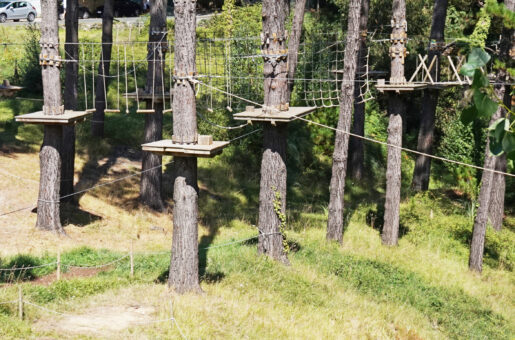
Santander Forest Park
The adventure park Tirolinasgo Forestal Park is located in the city of Santander. It is organized in different games in the trees from least to greatest difficulty, all circuits are designed for all audiences, without the need for great physical form and end with zip lines that descend to the ground. It is a unique adventure, practicing sports and releasing adrenaline where you can also eat outdoors in the picnic area.
Direction: Of. of the Lighthouse, S/N, 39012 Santander, Cantabria
telephone: 608 11 71 16
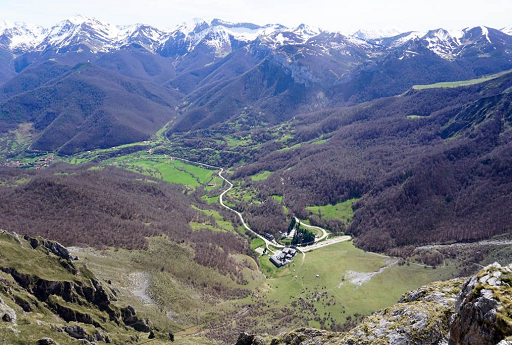
Source of (Cable car)
In the heart of the Picos de Europa, the cable car of Fuente Dé, bridge a gap 753 metros, and places the traveler 1.823 meters of altitude in just 4 minutes, at a speed of 10 m/s. From the upper station the visitor will be overwhelmed by a landscape of immense beauty.
Direction: Source la Riega Street, 0, 39588 Camaleno, Cantabria.
Schedule: special hours of 25 from May to 7 of June: Monday to Friday, from 10:00 to 18:00; weekends and 1 of June, from 8:00 to 19:00.
telephone: 942736610
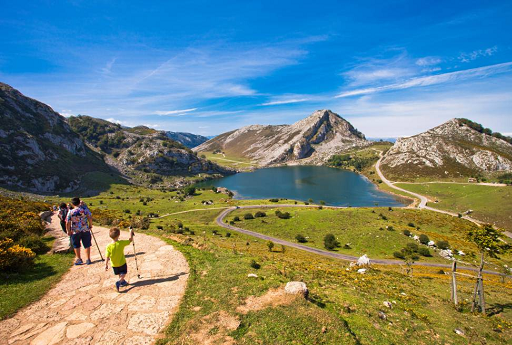
Picos de Europa
They are a mountain range that extends through León, Asturias and Cantabria, made up of huge masses of limestone, that makes this space have an unmistakable color and appearance. The Picos de Europa are a natural stronghold of incalculable value due to the variety of its fauna and flora.
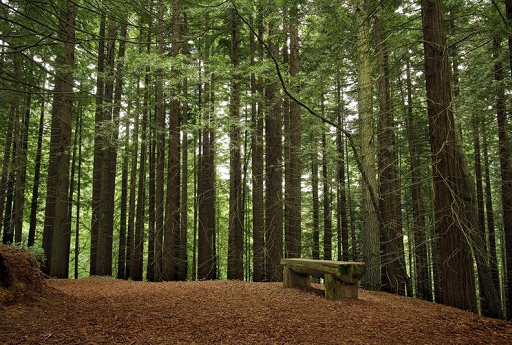
Sequoia Forest of Cabezón de la Sal
What makes a forest sequoias in Cantabrian territory? The explanation is simple. Franco's government made the decision to plant more than 800 specimens in the year 1940 with the aim of making the wood profitable. Nevertheless, when they reached the perfect size they were no longer interesting and were left untouched. The result? They continued to grow so that today we can feel like real little ants before the show.
Direction: 39500 Cabezón de la Sal, Cantabria.

Horse Lighthouse
The Lighthouse of the Horse began to work on 31 of august 1863. The access, the steep steps, they were placed by the prisoners of the Santoña Presidio Barracks, open between 1824 y 1924.
The lighthouse tower is cylindrical in shape, locating the flashlight (of retirada) at the top within a prismatic structure crystallized (without crystals) with hemispherical cover. It is finished off by a narrow exterior corridor with a metal railing. The height of the focal plane is 24 meters above sea level and 13,36 meters above ground.
In 1993 its history as a lighthouse ends and it ceases to be operational, suffering repeated acts of vandalism. In 2013 the inmates of the El Dueso Penitentiary Center, they conditioned the environment and the steps as part of the Nácar project (Nature and Prison).
Although it is within the municipality of Santoña, still belongs to the General Directorate of Coasts, despite not working as a lighthouse.
Direction: 39740 Santona, Cantabria.
telephone: 942660066
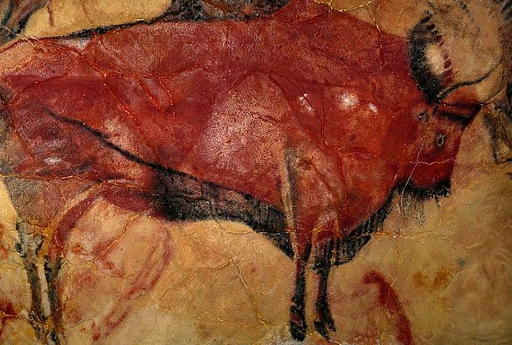
Altamira cave
The Museum and Cave of Altamira is located 2 km away from the urban center of Santillana del Mar.
It was in 1868 y 1879 when engravings of Homo Sapiens were found, corresponding to the Magdalenian Upper Palaeolithic and a smaller number from the Solutrean, in the well-known Altamira Cave, but due to their deterioration, access was restricted, and it was built, next to the original cave, the new facilities of the Altamira Museum and the Neocave, faithful and meticulous replica of the original.
Direction: 39360, Cantabria.
Schedule: check schedule by phone*
telephone: 942818815

Castro Urdiales
Castro Urdiales is located in the easternmost coastal area of Cantabria, surrounded by spectacular landscapes full of steep cliffs and beautiful beaches.
Although it has prehistoric remains of great interest, the city prides itself above all on a rich 2,000-year history linked to the roman empire, because where Castro is today was the colony of Flaviobriga. fishing port, whaling and commercial, the fishing village of Castro has reached our days as one of the most dynamic cities in Cantabria.
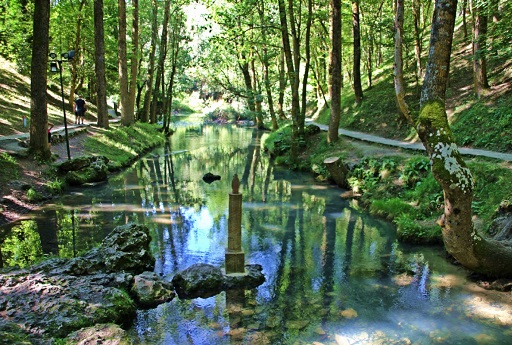
Source of the river Ebro in Fontibre
Surrounded by ash trees and poplars we find the Fuentona de Fontibre. A stone monolith crowned with a small statue of the Virgen del Pilar guards the place: source of the river Ebro. It has a parking lot right next to it., there you can leave the car and go down a few meters to the source itself. It has a picnic area. In the immediate surroundings is the Ebro River Interpretation Center where the visitor will learn all the details about the long journey of the river to its mouth.
Direction: Fontibre neighborhood, 49, 39212 Fontibre, Cantabria.

Quotation marks (Gaudí's Caprice)
El Capricho is a building designed in 1883 by the Spanish architect Antoni Gaudí and built under the direction of his assistant Cristòfor Cascante i Colom in the Cantabrian town of Comillas. His real name is Villa Quijano, but the name of Capricho was applied to it because it was a commission from Máximo Díaz de Quijano, brother-in-law of the Marquis of Comillas, who wanted an oriental-type summer residence. The works were carried out between 1883 y 1885.
Direction: Barrio Sobrellano, s/n, 39520 Quotation marks, Cantabria.
Schedule:
Winter time: November to February: 10:30 to 17:30 h
Spring/Fall Schedule: from March to June and October: 10:30 to 20:00 h
Summer schedule: from july to september: 10:30 to 21:00 h
telephone: 942720365
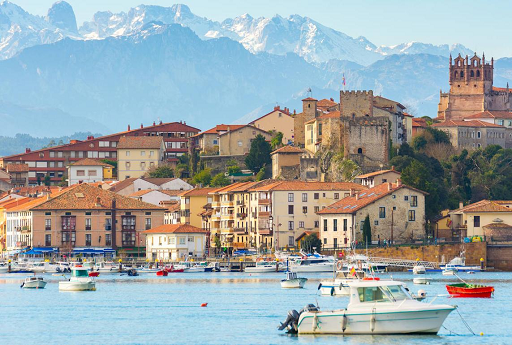
San Vicente de la Barquera
Although the origin of its first human settlements is not entirely clear, There are many historians who identify San Vicente with the ancient Roman Eventia and locate the Portus Vereasueca here., for its magnificent topographical position next to the bay that forms a double arm of the sea. From El Castillo del Rey you have a beautiful view of San Vicente de la Barquera with the Picos de Europa in the background and the remains of the wall.
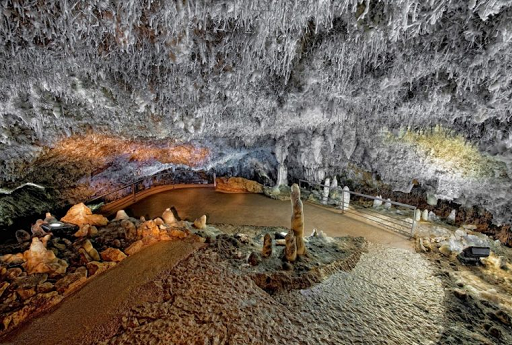
Soplao Cave
Cueva El Soplao was discovered in Cantabria at the beginning of the 20th century due to the exploitation of La Florida and is considered one of the wonders of world geology., treasuring a paradise of eccentric stalactites, stalagmites, glued, columns, cave pearls, etc.
The cave is unique and unrepeatable; a reference for world caving, and has been baptized as the "Sistine Chapel" of the underground world, for its grandeur, disposition and conservation.
Direction: Prao el Colla, s/n, 39553 Celis, Cantabria.
Schedule: schedules and tickets by phone*
telephone: 902820282

Santa Catalina viewpoint, the balcony of La Hermida
Near the end of the Route Entrerríos Nansa and Deva, It is worth a short detour between the towns of Cicera and Piñeres to, entering a small forest, climb this divine balcony.
One of the best viewpoints in Cantabria, open towards the Gorge of the Hermida. Impressive watchtower truffled with history since the Reconquest. We can admire the town of Tresviso magically accommodated between the rocks.
Direction: 39580, Cantabria.
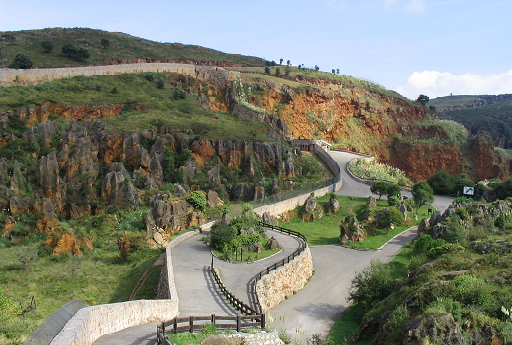
Cabarceno Nature Park
The Cabárceno Nature Park welcomes almost 120 animal species from the five continents that live in semi-freedom, distributed in enclosures of large surfaces where one or several species coexist.
Direction: road. Obregon, s/n, 39690 Obregon, Cantabria.
Schedule: Of 01/03 al 03/11 from 9:30 to 18:00 hours (lockers closing)
Of 04/11 al 28/02 (Monday to Friday) from 9:30 to 17:00 hours (lockers closing)
From 04/11 al 28/02 (Saturdays, sundays, holidays and bridges) from 9:30 to 18:00 hours (lockers closing)
holy week of (from Holy Thursday to Resurrection Sunday): from 8:45 to 18:00 hours (lockers closing)
telephone: 942563736
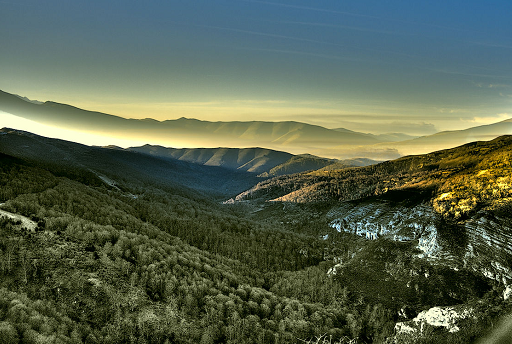
Saja Natural Park – Besaya
Of great value in terms of flora and fauna, Saja – Besaya amazes with the ever-changing beauty of its mountains. With lots of trails, the park is an ideal place to practice trekking and hiking at different levels. Animal lovers can, what's more, enjoy the contemplation of species such as the Cantabrian brown bear.
On the north face of Spanish territory, Saja – Besaya is discovered as a natural secret, full of wealth and, definitely, It will bring you the peace you seek.
Direction: 4R9H+77 Villasuso
telephone: 608065846
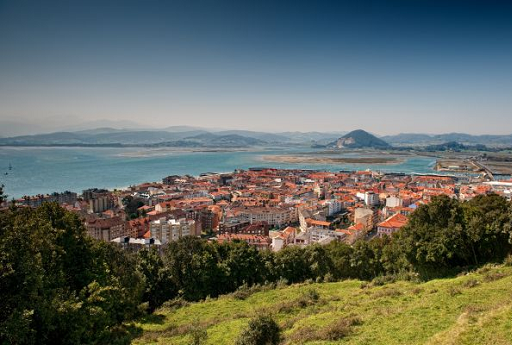
Santoña and its canneries
You cannot leave Cantabria without visiting Santoña and some of its best-known canneries.
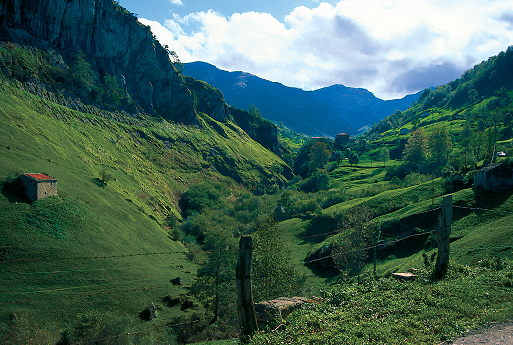
The Pas Valleys
In the Cantabrian region of the Valles Pasiegos, also known as the Pasieguería, the rivers flow, Pisueña and Miera. The fluvial action and the hand of the human being have molded the spaces, creating an environment of high natural and cultural value. In this particular enclave you will find a whole green paradise with forms and customs that make it different from the rest of Cantabria.
ASSOCIATION OF THE MOST BEAUTIFUL VILLAGES IN SPAIN

Carmona
Carmona is one of the most charming towns in Cantabria, thanks to its natural environment and striking architecture. For this and much more, it has been included in the Association of Most Beautiful Towns in Spain.. It is a perfect place to spend some family time., enjoying the exuberant nature of the region and its cozy, fairytale-like streets.
Direction: Carmona
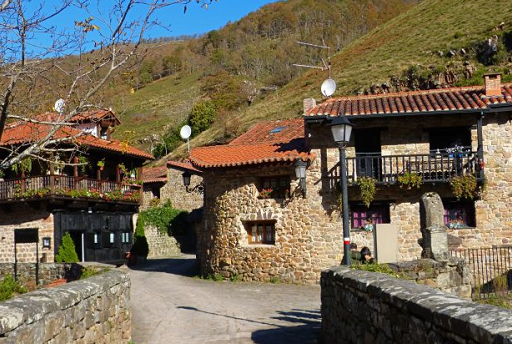
Bárcena Mayor
In Barcena Mayor, You must visit the church of Santa María, 17th century, the old rectory houses, the mountain mansions of popular invoice, with large sunrooms and arcades opened by ashlar masonry arches, or the rows of two-story houses, with soportal, solana and wooden enclosures, that constitute in essence the most represented image of the model of mountain settlement.
Direction: Bárcena Mayor
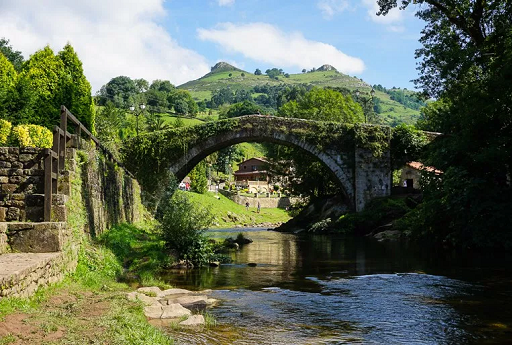
Lierganes
Capital of the municipality of the same name, your urban complex, declared of national historic-artistic interest in 1978, concentrates valuable classicist architecture from the 17th and 18th centuries, fruit of the economic boom that the artillery factory propitiated in that period in the region.
Direction: Lierganes
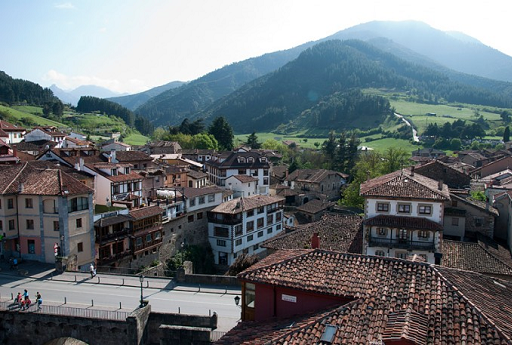
pots
Potes is the capital of Liébana. Its location sheltered from the mountains makes it have a warmer and drier microclimate, differentiated from the rest of Cantabria. It has a great religious architectural heritage, civil and popular, In addition to its particular traditions, in which we highlight the Jubilee of the monastery of Santo Toribio. A walk through Potes transports the visitor to another era, with its cobblestone streets and popular mansions. There is nothing better than getting lost in the old town, and in particular by the Solana neighborhood, the bridges of San Cayetano and La Cárcel, built on the river that crosses the town, quiviesa.
Direction: pots
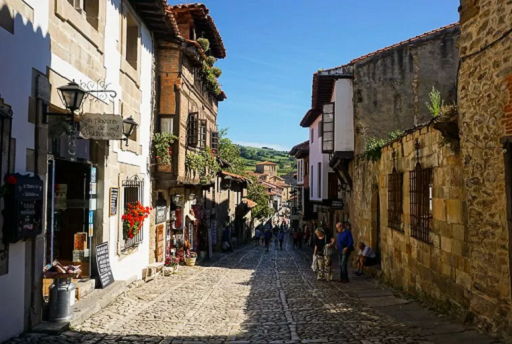
Santillana del Mar.
This medieval town with cobbled streets has a remarkable degree of conservation, where the visitor can easily be transported to other times, and it is declared as a Historic-Artistic Site. It is popularly known as the town of the three lies, since she is not even a saint, nor wool, nor does it have a sea (although the municipality does have it). Most of its inhabitants are engaged in agriculture., livestock and especially tourism.
Direction: Santillana del Mar.
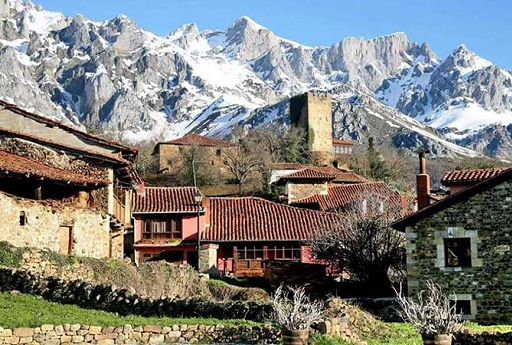
Mogrovejo
Mogrovejo is a small village located in the municipality of Camaleño, on a very commanding high. It conserves an important set of popular Lebanese houses and some unique buildings, among which the medieval tower stands out. Various buildings were built around the tower., some of them in ruins, among which the manor house stands out, which was remodeled in the 19th century and the parish church.
Direction: Mogrovejo
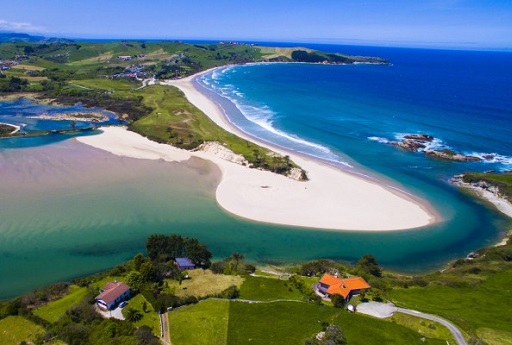
Oyambre Natural Park
It was declared a Natural Park in 1.988, It has an extension of 5.758 hectares.
This coastal territory has some of the most beautiful views of the entire Cantabrian coast, with a perfect backdrop, the peaks of Europe.
The ecosystems present in the Oyambre Natural Park (laughs, Beaches, salt marshes, dunes, cliffs, forest time) they combine spectacularly, and offer the visitor a splendid landscape beauty.
The vegetation and fauna of the park is very diverse depending on the ecosystem in question.
Direction: San Vicente de la Barquera, Cantabria.
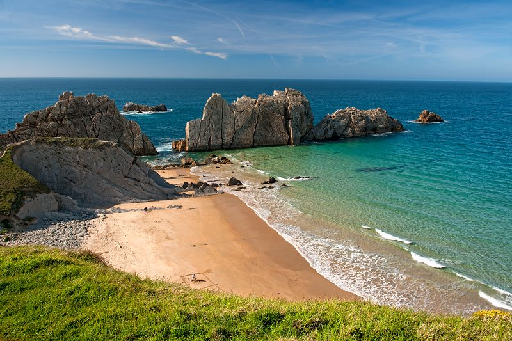
Liencres dunes natural park
It is located within the municipality of Piélagos, exactly at the mouth of the river Pas (Mogro estuary). spreads in 195 hectares and is made up of coves and two beaches.
One of the most striking places in the area is just behind the beach, where some of the most important dunes in northern Spain are located due to their geomorphology. We can distinguish: the moving dunes, next to the beach and the fixed dunes, that have managed to establish themselves thanks to the help of some plant species such as the sand rush or the sea thistle.
As for its fauna, multitude of migratory waterfowl take place in this space.
Direction: liencres dunes
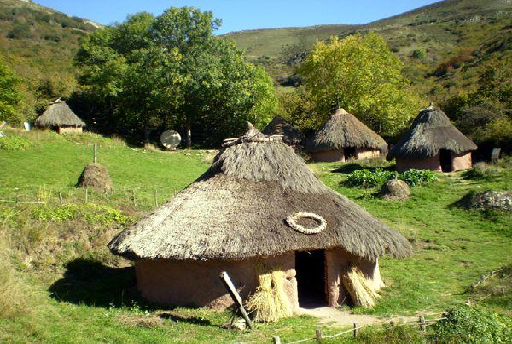
The Cantabrian Town of Argüeso
The Cantabrian Town of Argüeso is constituted as an archaeological park, experimental research center and a place of multiple activities related to the life of the Iron Age peoples.
The enclosure is a recreation of an entire Cantabrian town in great detail and is based on various archaeological investigations and the study of the life of the ancient inhabitants of Regio Cantabrorum. We can find several cabins, belonging to a different site and period dating from the 7th and 1st centuries BC.
Direction: Cantabrian town
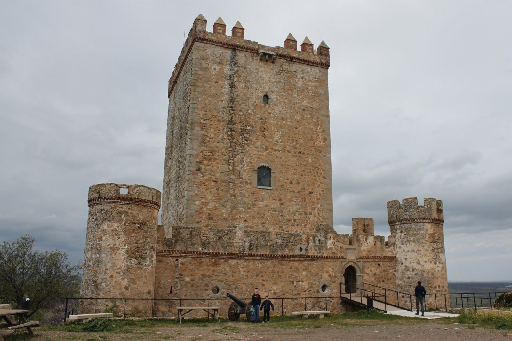
Arguelles Castle
Also known as the castle of San Vicente is a medieval fortification in the south of Cantabria.
This small hill was a hermitage in the 9th century and later an early medieval necropolis in the 9th and 10th centuries., being able to see his remains. In the fifteenth century a body was added that joined some towers created in the thirteenth and fourteenth centuries and a wall. Finally, some restorations were carried out and it became the property of the Hermandad de Campoo de Suso City Council..
Direction: Miss Argueso
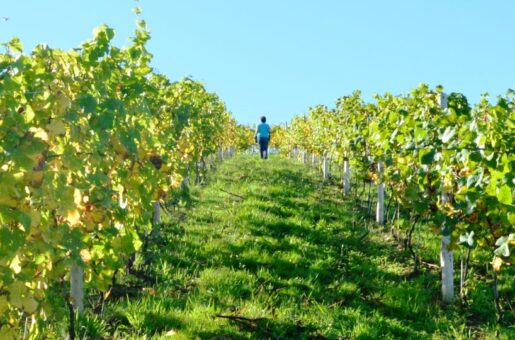
Wineries and Vineyards Miradorio de Ruiloba
We invite you to visit the winery and learn first-hand about the vineyards and the process of making their wines.. A warehouse, in which respect for nature and winemaking rigor, coupled with a marked family accent strongly rooted in the land, will make you enjoy a unique experience.
Direction: road. Liandres to, 39527 Church, Cantabria
Web: www.miradorio.com/
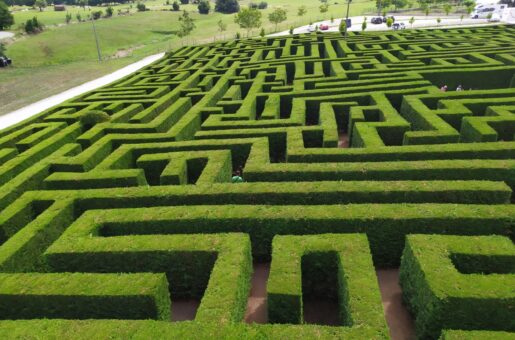
The Labyrinth of Villapresente
It is located in the Cantabrian municipality of Reocín, very close to Altamira and Santillana del Mar. It is the largest labyrinth in all of Spain and one of the largest in Europe as a tourist attraction. Its streets add up to a total of 4Km. The width of the streets is sufficient for people in wheelchairs to access
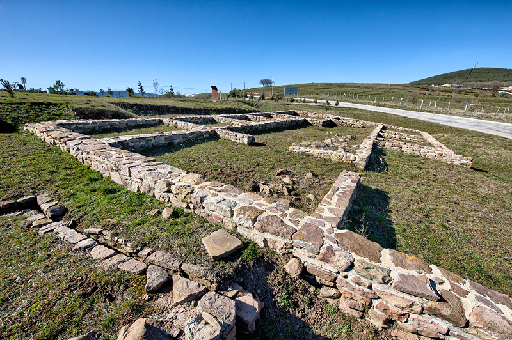
Archeosite of Camesa Rebolledo
The origins of the site are chronologically linked to a pre-Roman fort, to the subsequent settlement of the Legio IV Macedonica after the Cantabrian wars around the 29 – 18 a.C. and the Roman road that linked Pisoraca Augusta with Portus Blendium.
In the third century AD. It was a Visigothic necropolis and later in medieval times, was used as a hermitage. Tombs and remains of medieval burials can still be seen today.
Direction: Cantabrian archeosite
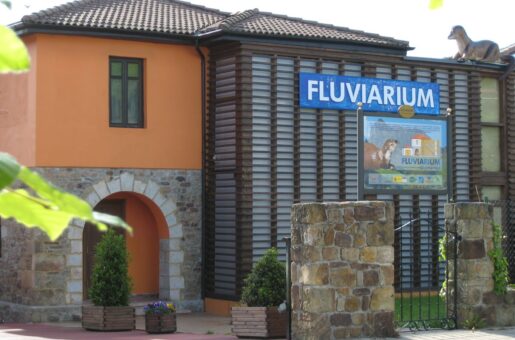
Ecomuseum Fluviarium of Liérganes
It is located in the Cantabrian municipality of Liérganes. Its main objective is to convey to the visitor the wealth and incalculable value of the natural and ethnographic heritage of the Pasiega and Oriental Mountains and their respective river basins.. Children and adults can enjoy diving or otters and also interactive games or replicas of habitats such as caves and peat bogs.
Direction: C. Cam. Real, 9, 39722 Lierganes, Cantabria
Web: Ecomuseo-Fluviarium
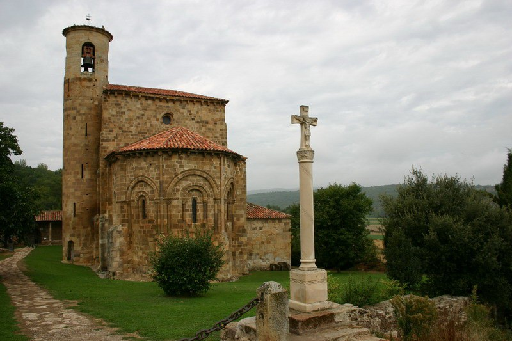
Collegiate Churches of San Martin de Elines and Cervatos
The collegiate church of San Martin de Elines has been forgotten for four hundred years, its last abbot was the first of that of Aguilar de Campoo. Nonetheless, the Collegiate Church continued to be governed by parish priests until 1892.
Now it is the parish of the town and continues with the mission it had as a Benedictine monastery.: sacred place for worship of a Christian community.
During all the time that she was relegated and ignored, her building suffered from it., but for its good it did not suffer important alterations either.
Direction: Collegiate Church of San Martin
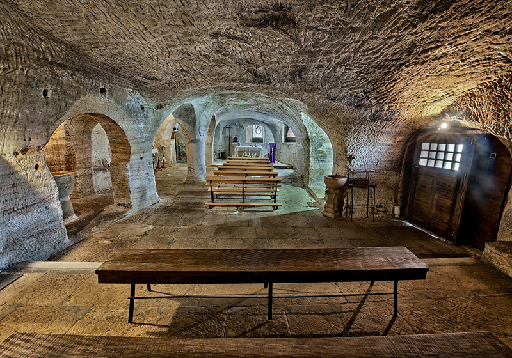
Cave churches and their interpretation center (Sta. Mrs de Valverde)
A unique heritage from the first centuries of the Middle Ages and made up of hermitages, necropolis and churches that have been excavated in rock is distributed throughout the region of Valderredible. In the Cavern Interpretation Center, located in the vicinity of the most monumental cave church, the visitor will find the keys to understand how the culture that turned the rock matrix into religious beliefs arose.
Direction: Santa Maria de Valverde